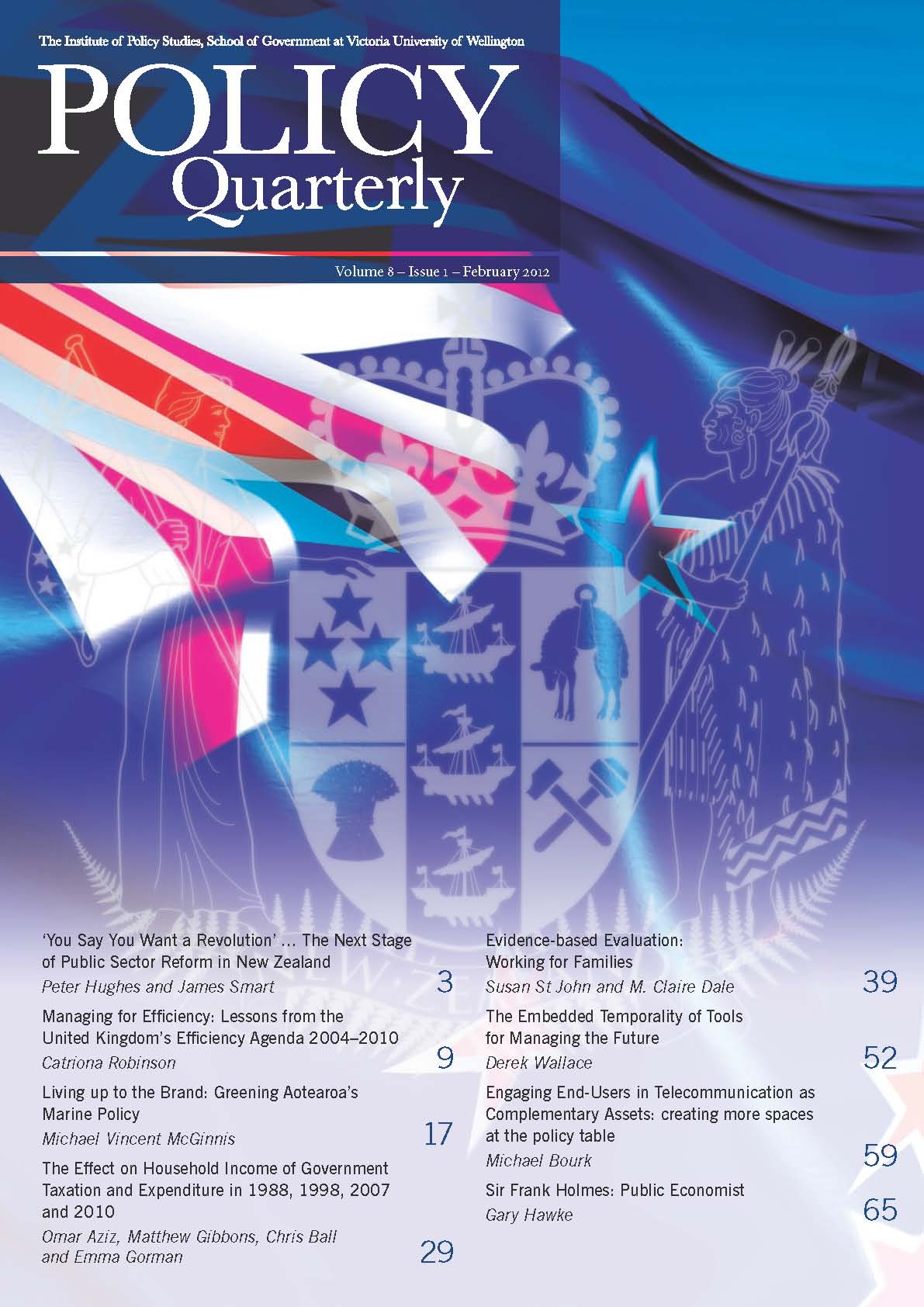Living up to the brand: greening Aotearoa’s marine policy
DOI:
https://doi.org/10.26686/pq.v8i1.4406Keywords:
exclusive economic zone (EEZ), environmental disaster, high biodiversity value, Sustainable marine governance, Māori rights, RMA, the Fisheries Act 1996, the Māori Commercial Aquaculture Claims Settlement ActAbstract
The recent oil spill in the Bay of Plenty along the east coast of New Zealand has intensified debate over the future of marine activities in the exclusive economic zone (EEZ). An estimated 350 tonnes of oil has leaked from 775-foot vessel Rena, which struck the Astrolabe Reef in the Bay of Plenty on 5 October 2011. The vessel subsequently broke in two and much of it is now under water. Large numbers of containers have been washed up on the shore or have sunk. Well over 1,300 birds have died as a result of the spill, but this number of marine life casualties is an estimate at best. The spill is New Zealand’s worst environmental disaster in decades. Yet these are the types of impacts that can occur when marine areas are developed or used in areas of close proximity to sensitive island and coastal marine ecosystems of high biodiversity value.
Downloads
Downloads
Published
Issue
Section
License
Permission: In the interest of promoting debate and wider dissemination, the IGPS encourages use of all or part of the articles appearing in PQ, where there is no element of commercial gain. Appropriate acknowledgement of both author and source should be made in all cases. Please direct requests for permission to reprint articles from this publication to Policy-Quarterly@vuw.ac.nz.



